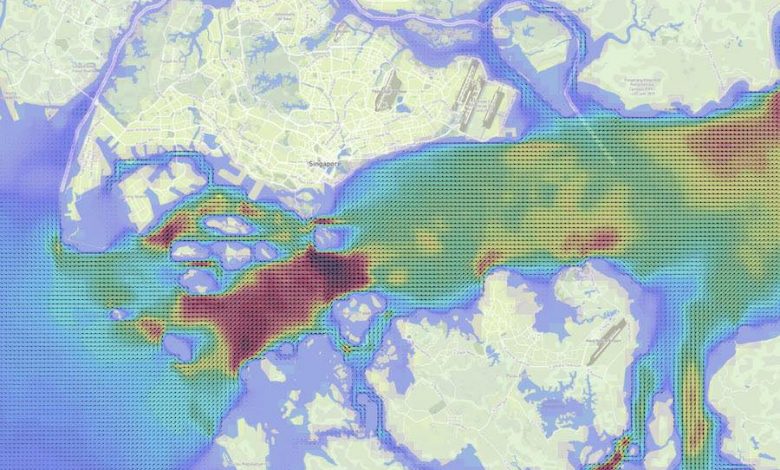Not your father’s weather routeing

A new generation of technology is improving schedule reliability, saving money and reducing carbon emissions, says Penny Haire from Tidetech.
How widely technology innovations are adopted can depend as much on timing as the strength of the idea behind them.
In some cases the idea is strong but the technology itself never quite delivers on the promise. In others it depends on other factors such as connectivity or price for successful adoption.
In the past decade shipowners have battled a combination of low earnings, unpredictable costs and an increasing burden of regulation, all of which have made them wary of investing in technology without rapid and measurable payback.
With the costs of compliance rising and the price of bunker fuel likely to rise dramatically when the 2020 global sulfur cap takes effect, it would be logical to expect interest to be strong in tools that can make a positive contribution to operating margins.
Smarter navigation using weather routeing to help operators maintain more consistent vessel speed and schedule-keeping has more than the potential to save money and reduce fuel consumption and air emissions, they are proven to do so.
So it’s surprising that more owners aren’t taking advantage of the cost savings and operational advantages that weather routeing offers.
Perhaps this is because they are basing their decision on the technology of 10 years ago. It could also be down to the misconception that weather routeing is all about the ocean leg of the voyage, when in fact today, the opposite is true.
When it first emerged, weather routeing was more akin to a weather forecast, a low resolution guide to generally-expected conditions that was delivered prior to the voyage. It was obvious that the data had value but its quality was not yet at a level that could deliver real benefits.
The high cost of satellite bandwidth meant that updates were few and far between and vessels not many vessels were using the back-of-bridge decision support systems that are now increasingly common.
All of this has changed and for the better. The data quality available to fleet managers and vessel operators has increased exponentially, in step with the availability of satellite and near-shore cellular bandwidth.
Fleet management systems are becoming more and more widely adopted and navigators are as well-versed with the back-of-bridge systems as they are with the regulated ECDIS and radar environment. Because the data is cloud-based rather than reliant on manual updates, it can be delivered on demand, optimised for transmission over satellite.
Most importantly, the data we deliver is these days high enough resolution to enable operators to optimise the coastal and regional legs of a voyage and gain more benefit than in ocean waters, where conditions are more predictable.
At Tidetech we are seeing an increasing number of requests for this local and regional tide and current data. This suggests to us that more and more operators of short sea and offshore vessels, ferries and other specialist sectors are beginning to recognise the opportunity.
But this opportunity exists as much for liner operators sailing the biggest containerships as those who trade intra-regional box routes, just as it does for tramping tanker and bulk carrier operators looking to maximise earnings voyage by voyage.
Even so, we are still at the start of what should be much wider adoption and need to overcome the knowledge gap in the application and value of weather data for the industry to reap the benefits.
Despite the apparent immediacy of digital technology, even the best ideas can take a while to find their place. In an era we are increasingly told is about smart shipping, savvy owners have realised that weather routeing is a technology that has moved on.
